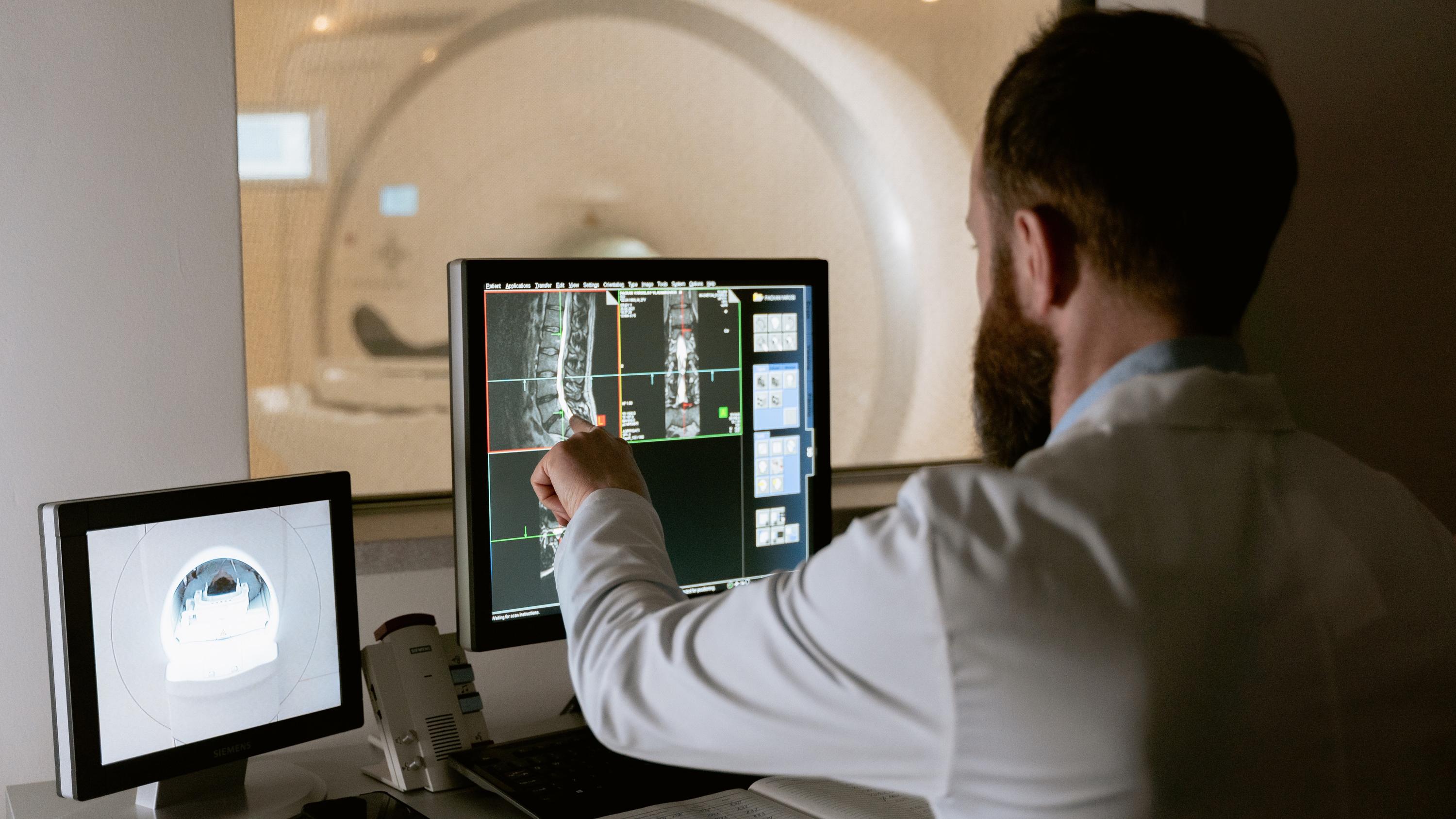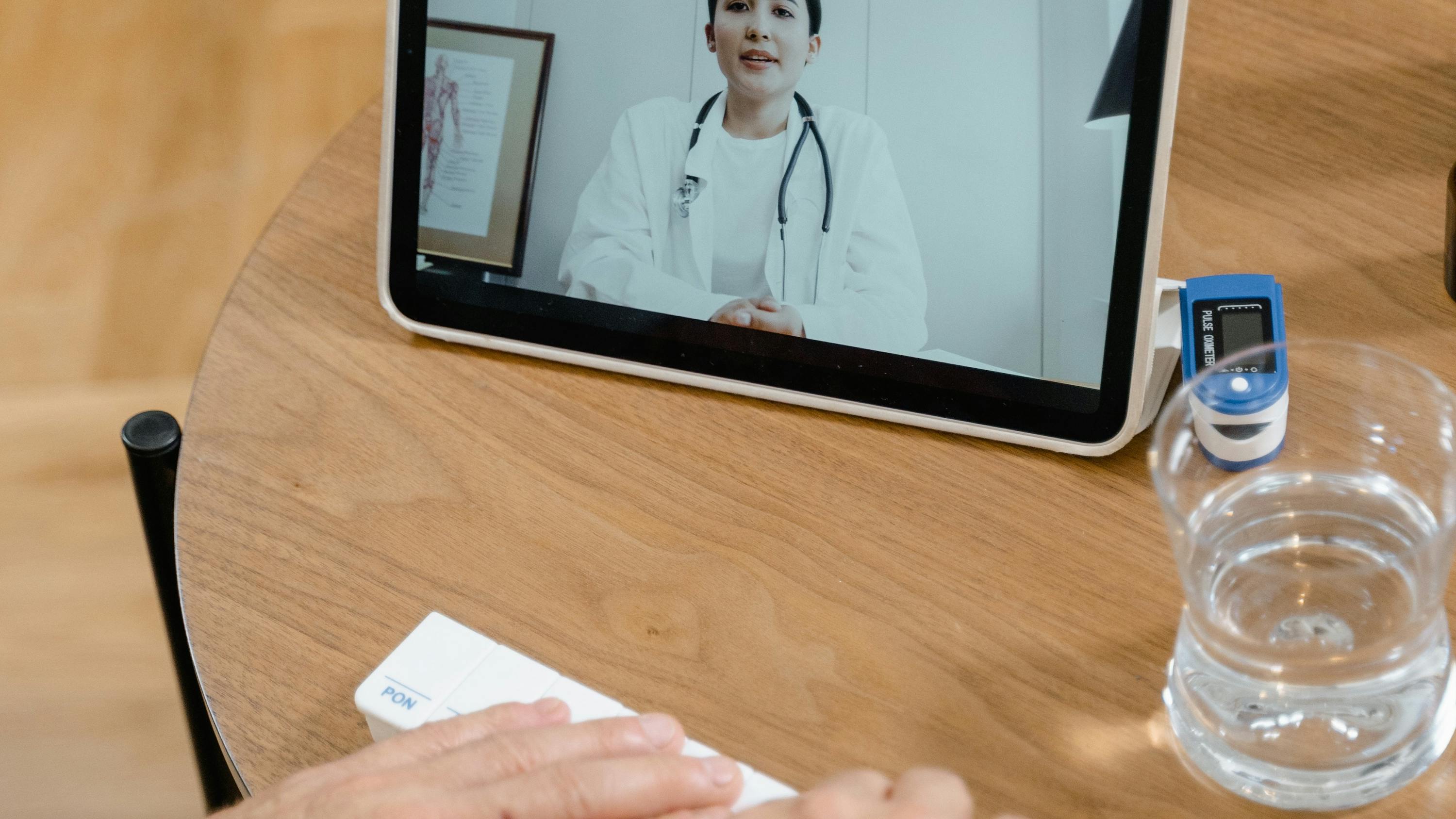
Designing Digital Products for Better Healthcare Customer Experiences


Friction in the customer journey is problematic for any organization, but the stakes are higher than usual in the healthcare space. Patients’ access to care and adherence to treatment plans improve when patients have the digital tools they need to easily find providers, make appointments, navigate to facilities, and see their treatment plans laid out step by step with reminders. Patient friction leads to poorer outcomes. It also creates extra work for staff and providers, 28% of whom are considering leaving the field due to burnout.
The health of healthcare networks as a whole depends on reducing friction in the patient experience, too. The average US patient isn’t loyal to a particular network, accessing four or five per year. Close to half of US patients rely on patient reviews to choose providers and will switch after two bad experiences. Loyalty to providers and networks could diminish further as enterprises outside the healthcare space move into it, including companies like Amazon that center on customer experience.
New Products for A Better Total Experience
In product development, the end user interaction is often called the customer experience (CX). However, in the healthcare sector, this interaction is typically called the patient experience. As is the case in many industries, siloed data creates friction in the healthcare customer experience, and the healthcare sector’s strict patient data privacy requirements add an extra layer of challenge. For example, a digital product that helps patients schedule appointments may not share data with the app that supports online bill payment. In some cases, there simply are not digital products for patients to use, so they have to rely on telephone calls and paper forms to schedule and prepare for appointments.
Digital products that use unified, properly resolved customer data to center the patient journey are the core of what we call the Product Experience (PX). The goal of PX is to enhance and smooth the healthcare customer journey for patients by improving access to care and adherence to treatment plans. The improved customer experience then elevates the employee experience by reducing repetitive administrative tasks and by helping to boost patient outcomes.
This suite of improvements creates a better Total Experience—the holistic journey which spans the organization’s front, middle, and back-office experiences.
Leveraging Technology for Enhanced Patient Outcomes
The integration of technology-driven tools is reshaping the patient journey, making healthcare more accessible, efficient, and patient-centric. Digital platforms bridge communication gaps between patients and providers, sending care reminders, delivering test results, and facilitating real-time communication. This ensures patients remain informed and engaged, especially those managing complex conditions, by providing a unified view of treatment plans and fostering alignment among all parties.
Additional digital tools, like navigation systems, guide patients within hospital facilities, while others offer post-operative care instructions, ensuring comprehensive support and reducing potential complications.
The digitization of healthcare knowledge offers patients clearer insights into their care. This not only demystifies complex healthcare processes but also provides healthcare providers with innovative ways to share their expertise.
Looking ahead, the horizon is filled with promising opportunities. Imagine AI-driven platforms that can predict patient needs before they arise, or virtual reality tools that allow patients to experience and understand their treatment plans in immersive environments. Wearable devices offering real-time health monitoring and instant feedback are already revolutionizing preventive care. Furthermore, the integration of broader health data could lead to more personalized and effective treatment plans, tailored to each patient's unique health history.
The ongoing evolution of technology points towards improved care coordination, patient engagement, and informed decision-making, driving better outcomes. The thoughtful integration of technology throughout healthcare has the potential to transform care at both an individual and systemic level. With patient-centric design, innovative solutions could make personalized, accessible, and effective healthcare a reality for all.
Selecting a Partner for Healthcare CX Optimization
The ideal product and customer experience partner will approach your project with a holistic, patient centric mindset and a goal to help you strengthen your Total Experience. They will also bring extensive experience in designing and implementing complex experience technology to create future-proof and scalable products that truly enhance the customer journey. Working with a partner that has this expertise along with strong cross-functional collaboration skills and the ability to identify the right KPIs for your project will bring your healthcare customer experience to the next level.
Any experience design partner working with healthcare customer data should also be certified in industry-specific data-privacy compliance to protect your organization and your patients.
Ready to find out more about how customer-centric product experiences can improve business and healthcare outcomes and your Total Experience? Contact us today.


